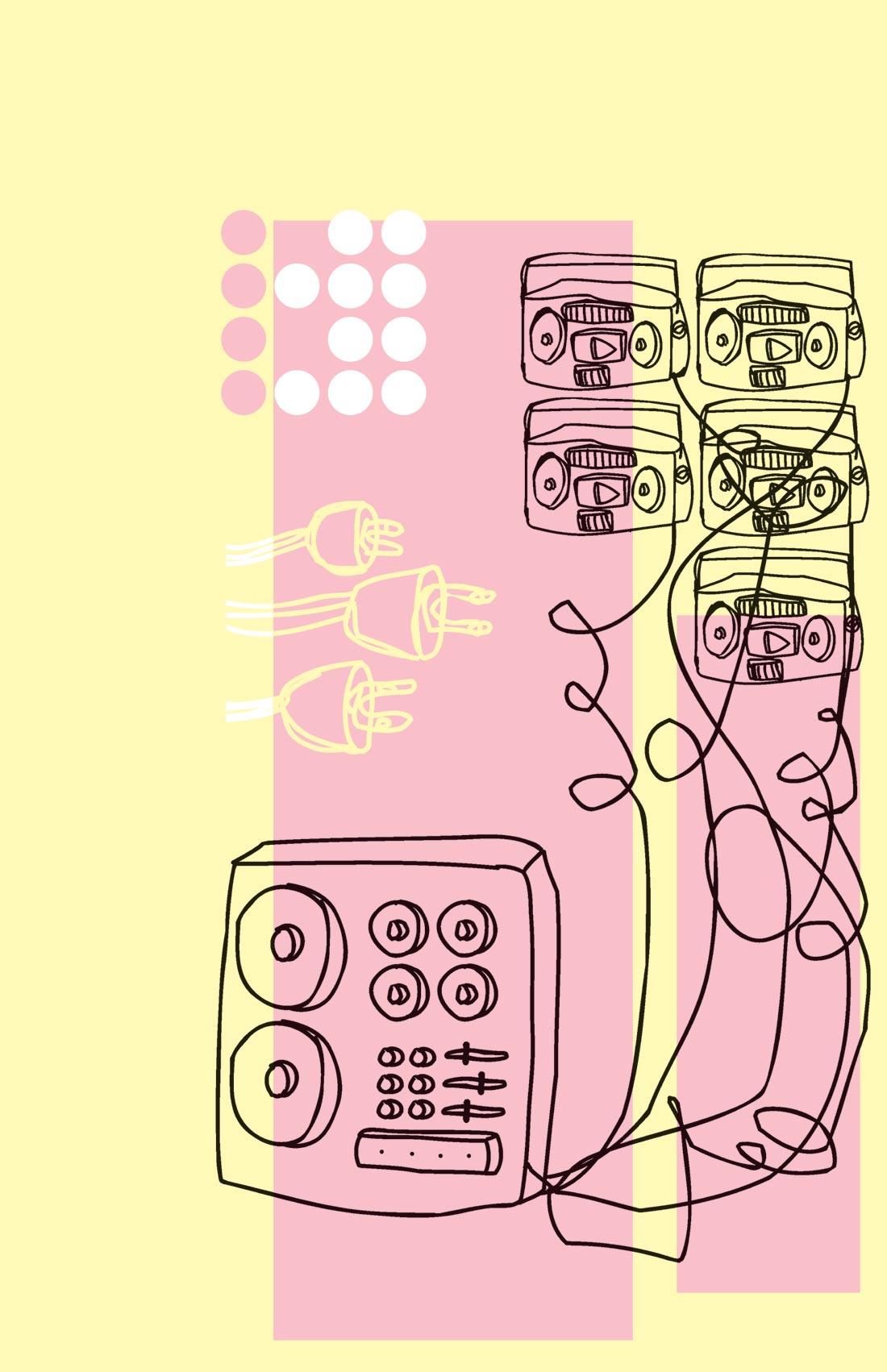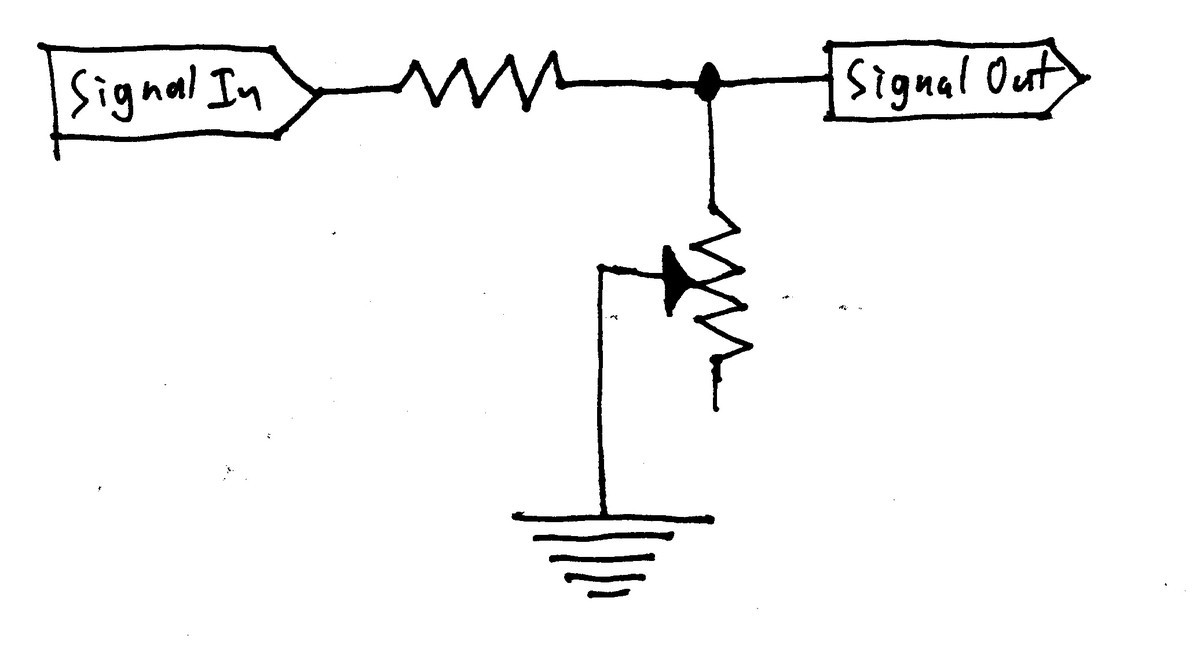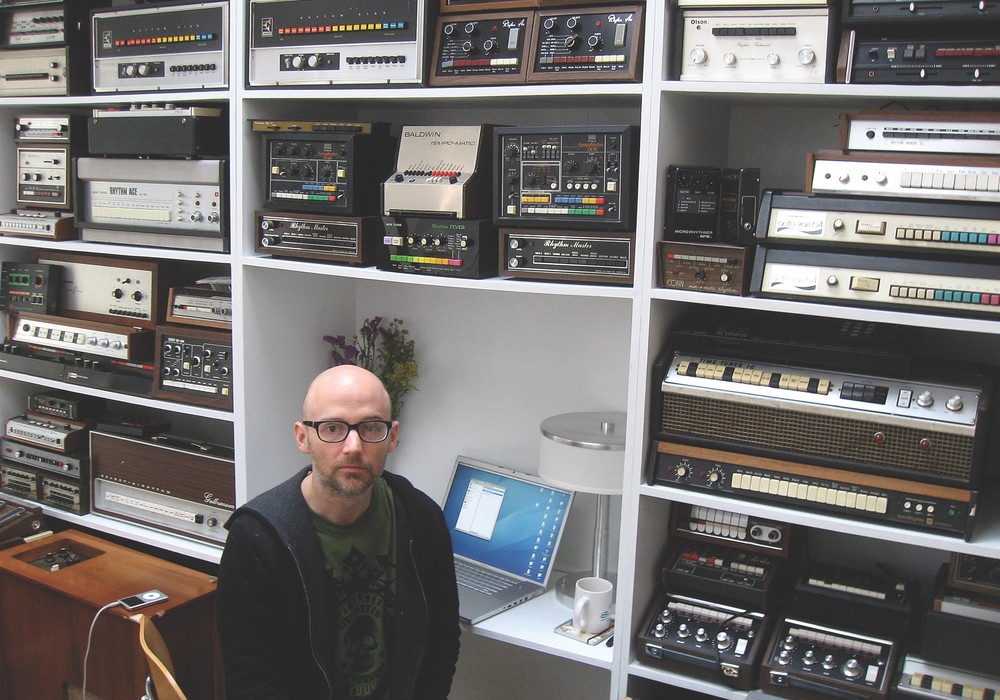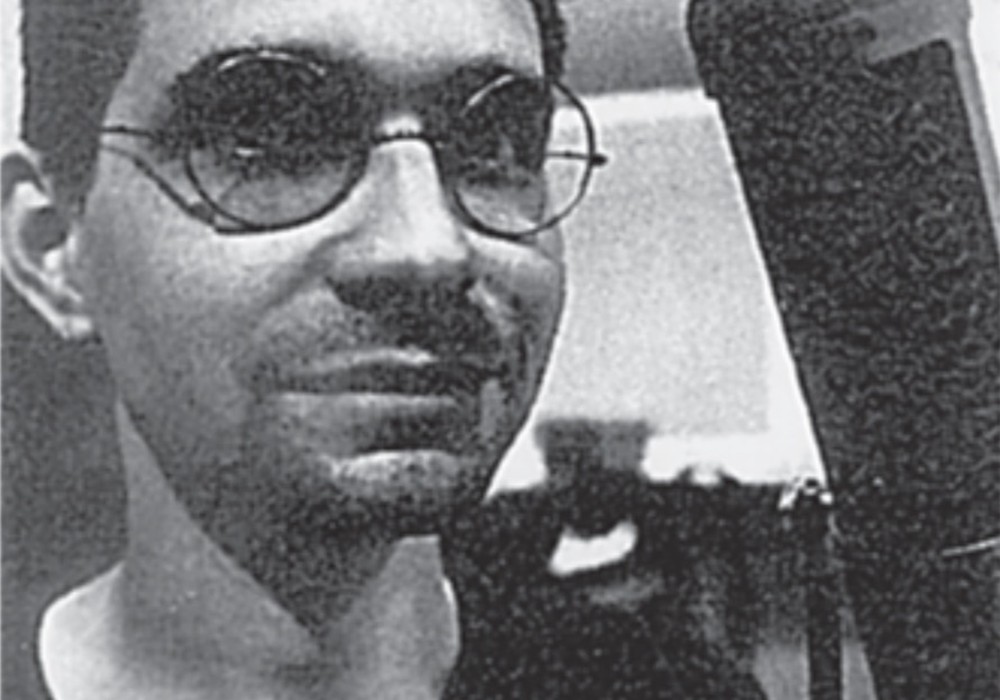The 1176LN and the LA-2A are two examples of classic compressors which use very different techniques for gain control. The 1176LN uses a field effect transistor as its gain reduction element, while the LA-2A uses an electro-optical element (el- op) in its circuit. What follows is a basic overview of the principles behind the gain reduction circuits in each of these circuits.
In contrast to an amplifier which has a constant gain, a compressor is a device that varies its gain in response to the level of the input signal. When in compression, large input signals result in less gain, thus reducing or "compressing" the dynamic range of the signal. In order to accomplish this goal, a compressor must have the ability to both sense the level of the input signal as well as control the gain of the signal path. There are many ways to accomplish each of these tasks, with each approach exhibiting its own characteristics and sonic qualities. The 1176LN and LA-2A provide two different examples of how to accomplish these tasks. The gain reduction stage of the 1176LN uses a field effect transistor (FET) to control the gain. In this circuit, the FET acts like a variable resistor whose resistance is controlled by the voltage applied to its gate. The larger the voltage, the less its resistance will be. This gate voltage is derived from the side chain circuit and changes in response to the level of the input signal.
Hence, larger input signals will result in a higher control voltage and lower gain, thus compressing the signal. The gain reduction circuit in the LA-2A uses a 'T4' which is comprised of an electro-luminescent (EL) panel and a photo-electric cell. The EL panel is basically a night-light.
The audio signal is applied to the EL panel through a side-chain amplifier. When this is done, the brightness of the light will vary depending upon the amplitude of the signal. Larger signals will result in the light shining more brightly. The light shines upon a photo-electric cell. A photo- electric cell is a light-sensitive device whose resistance changes depending upon the intensity of light. The brighter the light, the less resistance the photo-cell will have. This will in turn reduce the gain, and hence compress the signal.













